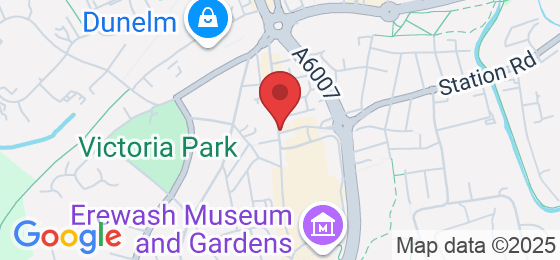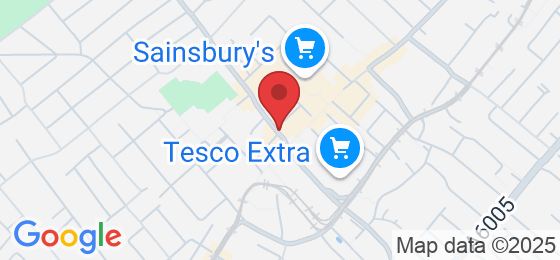
Can Heel Pain Cause Leg Pain? Understanding the Connection and Treatments

Can Heel Pain Cause Leg Pain? Understanding the Connection and Treatments
Heel pain is a common issue that can have a surprising ripple effect on other parts of the body, including the legs. When your heel hurts, it can alter the way you walk, stand, and move, leading to compensatory changes in your gait and posture. These adjustments can cause additional stress and strain on your legs, potentially leading to leg pain.
Heel pain can be caused by a variety of conditions, such as plantar fasciitis, Achilles tendonitis, heel spurs, and bursitis. Each of these conditions affects the heel in different ways, but they all share a common outcome: discomfort that can change your normal movement patterns. When you experience heel pain, you may unconsciously shift your weight to the front or side of your foot to avoid putting pressure on the painful area. This shift can lead to misalignment and overuse of other muscles and joints in the legs.
For example, plantar fasciitis, a condition characterised by inflammation of the plantar fascia, can cause sharp, stabbing pain in the heel, particularly with the first steps in the morning. To avoid this pain, you might change the way you walk, which can lead to additional strain on your calves, knees, and even your hips. Over time, this can result in leg pain and muscle fatigue.
Achilles tendonitis, an inflammation of the Achilles tendon at the back of the heel, can cause similar issues. Pain from this condition often worsens with activity, leading you to adjust your gait to minimize discomfort. These adjustments can cause tightness and pain in the calf muscles, as well as stress on the knee joint, potentially leading to further leg pain.
Heel spurs, which are bony growths on the underside of the heel bone, can also contribute to leg pain. The presence of a heel spur can exacerbate the discomfort of conditions like plantar fasciitis, making you even more likely to alter your gait. This can cause compensatory pain in the legs as your body tries to adjust to the imbalance.
Bursitis, an inflammation of the bursa (a small fluid-filled sac that cushions the heel), can lead to pain at the back or bottom of the heel. This condition can make it uncomfortable to put pressure on the heel, prompting you to change your walking pattern and leading to leg pain over time.
Treating heel pain effectively is crucial to prevent it from causing additional issues in the legs. One of the first steps in treatment is addressing the immediate pain and inflammation in the heel. Rest, ice, compression, and elevation (RICE) can help reduce inflammation and pain in the short term. Over-the-counter pain medications, such as NSAIDs, can also be useful for managing pain and reducing inflammation.
Proper footwear is essential for both treating and preventing heel pain. Shoes that provide good arch support and cushioning can help distribute pressure more evenly across the foot, reducing strain on the heel. Orthotic inserts, which can be custom-made or over-the-counter, can provide additional support and correct any biomechanical issues that may be contributing to your pain.
A biomechanical assessment by a podiatrist can help identify any abnormalities in your gait and posture that may be causing or exacerbating your heel pain. This thorough evaluation can lead to the development of a personalised treatment plan, which may include custom orthotics to correct alignment issues and reduce stress on the heel and legs.
3D printed custom orthotics offer a high level of precision and comfort. These orthotics are tailored to the unique shape of your feet, providing optimal support and helping to alleviate pain. They are designed to improve foot mechanics, which can prevent heel pain from causing further issues in the legs.
Physical therapy is another effective treatment for heel pain. A physical therapist can design a program of stretching and strengthening exercises tailored to your specific condition. Stretching exercises can improve flexibility in the plantar fascia, Achilles tendon, and calf muscles, while strengthening exercises can help stabilise the foot and ankle, reducing the risk of further injury.
Sports massage is beneficial for relieving muscle tightness and improving circulation in the foot and lower leg. Regular sports massages can help alleviate tension in the muscles and connective tissues, promoting healing and preventing further pain.
Advanced treatments like shockwave therapy and class IV laser therapy can also be beneficial for persistent heel pain. Shockwave therapy uses sound waves to stimulate healing in the damaged tissues of the heel, while laser therapy reduces inflammation and promotes tissue repair at the cellular level.
Maintaining a healthy weight and engaging in regular, low-impact exercise can help prevent heel pain from recurring and reduce the risk of leg pain. Activities such as swimming and cycling can keep you active without putting excessive strain on your feet and legs.
If you are experiencing persistent heel pain that is causing leg pain, it is important to consult with a healthcare professional. A podiatrist can provide a thorough evaluation and develop a comprehensive treatment plan tailored to your needs. By addressing the underlying causes of your heel pain and taking steps to manage it effectively, you can prevent it from leading to further discomfort in your legs and maintain your overall mobility and quality of life.

If you’re struggling with heel pain that’s causing leg discomfort, it’s time to seek professional help. Contact We Fix Feet for a comprehensive evaluation and personalised treatment plan. Book an appointment online or call us at 0115 9328832 to start your journey toward pain-free living.
Ask The We Fix Feet Team
Fill in the form to request a Call From Our Team
One of our team will call you for FREE and answer any questions or concerns you may have about your uncomfortable foot condition

Where To Find We Fix Feet
Our We Fix Feet podiatry clinics are conveniently located in Ilkeston, Derbyshire and Beeston, Nottinghamshire
Open: Mon-Fri 09:00-17:00 / Sat 09:00-13:00
94 Bath Street, Ilkeston, Derbyshire DE7 8FE
8 Wollaton Road, Beeston, Nottinghamshire NG9 2NR
Pay and display parking nearby




